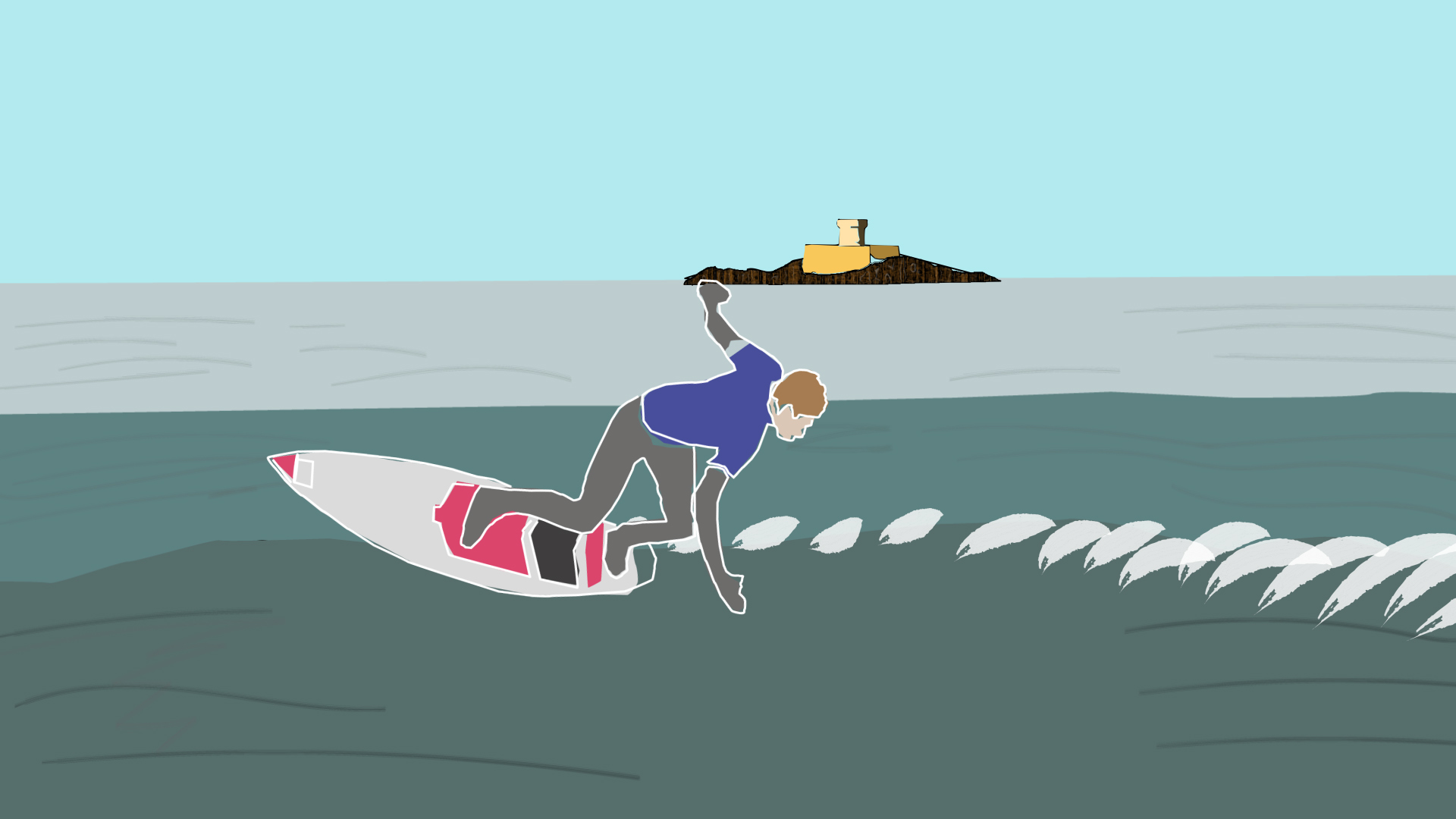So what’s the appeal of winter surfing?
Well, the beaches (and the water) is much less crowded for a start. The waves are better and the health benefits of being in cold water are incredible. It’s not about escalating to the higher echelons of the surfing world – it makes you feel alive!
Be prepared before you leave home
To make sure that your winter water time isn’t a disaster, it’s always best to be prepared. Dress warmly when you first leave home, so that your body is a comfortable temperature to start off with. Make sure you have the basics with you:
- A warm towel or towelling robe/hood
- A dry wetsuit (don’t go putting on a wet one – that’s just crazy)
- Some warm, dry clothes to change into when you come out
- A flask of something wet and warm for when you come out.
If possible, try to think about where you can get changed that’s sheltered from the elements a little.
The right equipment
Taking the right kit with you is vitally important:
Wetsuit
Make sure that you have a suitable wetsuit. A 5/4 is recommended for winter use, plus boots, gloves and a hood. A 3/2 summer wetsuit just won’t cut it, as the colder air and reduction of direct sunlight stops the neoprene from warming up. Also, always make sure that your wetsuit is dry before you put it on (we cannot stress this enough).
Boots, Gloves and Hoods
Split-toe boots, tight-fitting gloves and hoods will help to keep your extremities warm. All of this will help you manage more time in the water.
Communication & location
It’s always best to take someone with you, so that they can spot if anything goes wrong or you are in difficulties. Winter winds make for stronger waves which can easily catch you out. As a minimum, you should always make someone aware that you are going surfing, and where you are going, so that they can report a problem if you don’t check-in with them when you’re due to be out of the water. Picking a spot that’s popular with other surfers is always a good idea.
If you spotted a fellow-surfer in trouble, would you know what to do, or have the means to report it? These are considerations for winter surfing, especially as there will be less lifeguard activity on the beaches. It’s important to always exercise common sense.
Water temperature
Try to pick the warmest time of the day. First thing and last thing, it’s always at it’s coldest.
Try to let your body acclimatise to the water temperature. Move more, rather than staying still. Mirror the waters’ rhythm and try to catch as many waves as you can to keep your body temperature up. Movement naturally generates warmth.
Know when to stop & get warm
Air temperature can drop quickly in the colder months. As soon as you start to feel too cold, it’s time to come back to shore and get yourself warm. You need to listen to your body and recognise when you start reaching your limit.
This is where your pre-preparation comes into play: you should have a flask with a hot drink or some soup to help warm you up, and some warm dry clothes. Hoodies, hats, boots are all a good choice. Get into the warm, dry clothes as quickly as you can, and have a nice warm shower as soon as you get back home.

